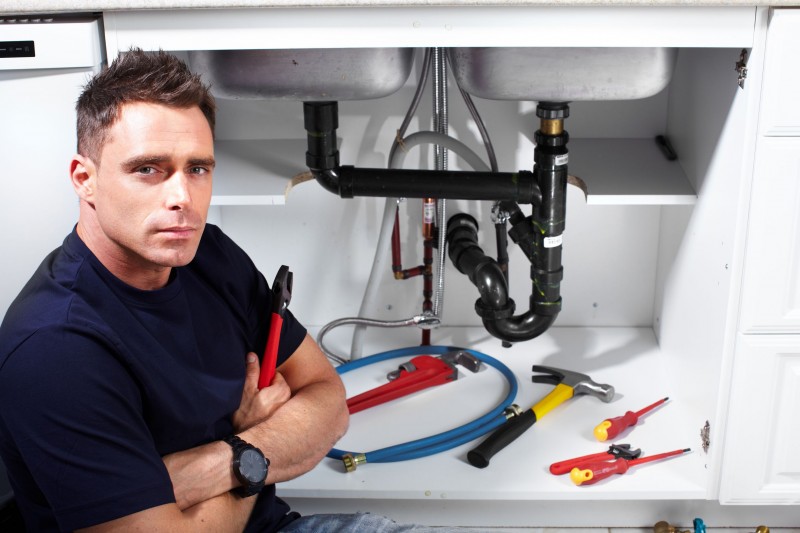Posted by admin , on Nov, 2015

Plumbing is one of the most important features of any building. This is partly because the large array of pipes, fixtures and drainage lines not only brings in fresh water for drinking, it also removes waste sewage from the building which can help keep the people inside much healthier. Unfortunately, there are a number of problems where an Emergency Plumber in Allentown is required. For instance, the fresh water lines might develop a leak which threatens to destroy valuable property or the sewage lines may backup and flood the floors with nasty gunk.
The exact solution to the problem at hand will depend on the situation. Consider the case where a homeowner knows that a water leak exists, but is unable to locate the source. Perhaps they have noticed a steady rise in water consumption on the monthly bill or a lack of pressure in the line. Thankfully, most of the experts have the tools to handle this situation. To find a hidden leak inside the walls, the plumber may use specific tools such as acoustic amplifiers that detect noises inside the walls. Alternately, if the leak is hidden under the foundation or outside the home it may be necessary to use radar based tools. GPR (Ground Penetrating Radar) can locate pools of water around the outside of the home or along the main line.
One of the most common reasons to contact an Emergency Plumber in Allentown is a clogged drain. Drains can clog in several places, however, the most common is the primary pipe that connects to the municipal sewer system or the P-traps that prevent sewer gas from entering the building. P-traps are those ‘U’ or ‘S’ shaped pipes that can be found close to the actual drain. Unfortunately, the very thing that keeps stinky gases on the other side of the trap is the same thing that collects gunk and blocks the drains.
Eliminating a clog in the pipes may be a little harder than most people realize. First, the plumber needs to access the interior of the pipe. This is done through an access vent located somewhere along the length of the pipe or by removing the toilet closest to the exterior pipe connection. At this point, the plumber will use a rooter to pierce the clog or push through it. Visit the Website to learn more.


